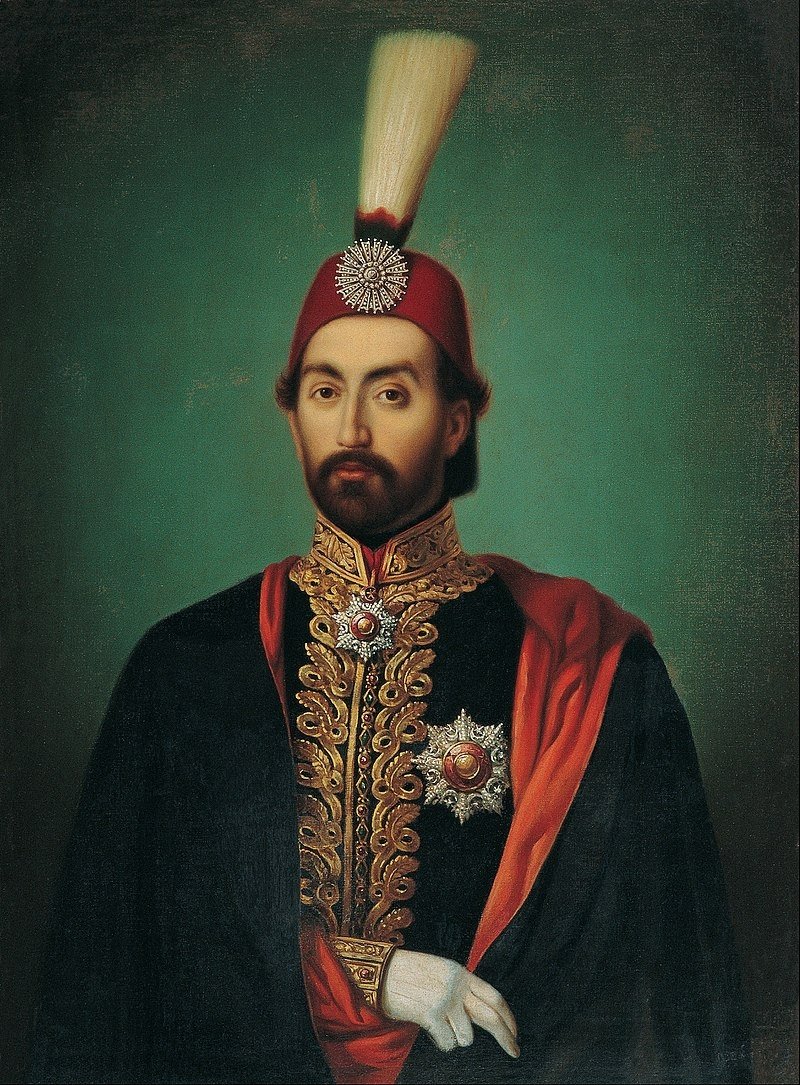
After the Armistice of Mudros most of the country remained occupied following World War I. Establishment of the Republic of TurkeySultan Mustafa I was the Sultan of the Ottoman Empire from 1617 to 1618 and from 1622 to 1623.Also Watch,Osman Ghazi 1st Ruler of Ottoman Empire Turkish Civil War ( Turkish: iç Harbi, literally meaning "Internal War" or Kurtuluş Savaşı, literally meaning "Liberation War " – July 24, 1923) was a war waged by Turkish nationalists against the Ottoman government. He was a great-great-grandson of Sultan Suleiman the Magnificent, born in 1591 to Alime Sultan (Ottoman royal women were designated in this way, rather than Sultana) at the palace in Manisa, western Turkey. Sultan Portrait Reigned from Reigned until Tughra Notes Ottoman Interregnum (20 July 1402 5 July 1413)sa &199 elebi The Co-Sultan of Anatolia 14031405 (Sultan of the Western Anatolian Territory) 1406 After the Battle of Ankara on July 20, 1402, sa &199 elebi defeated Musa &199 elebi and began controlling the western part of Anatolian territory of the empire for approximately two years.What is the Story of the Iconic Fez Hat Clothing Accessories / Fez Hat, Mustafa Kemal Atatrk, Ottoman Empire, Persian, Sultan Mahmud II, Tarboush, Turkey.( ) – 11 October 1922 ( ) (Armistice) 24 July 1923 ( ) (Peace)Sultan Mustafa I is a prime example of an Ottoman ruler who likely lived a tortured existence from boyhood.
3.2 Promulgation of the Grand National Assembly 3.1 Dissolution of the Ottoman parliament 2.3 Shift from de facto to de jure occupation The Grand National Assembly of Turkey decided the establishment of a Republic in Turkey which was declared on October 29, 1923.With the establishment of the Turkish National Movement, the partitioning of the Ottoman Empire and the abolition of the sultanate, the Ottoman era and the Empire came to an end, and with Atatürk's reforms the Turks created a modern, secular nation-state on the political front. After the end of the Turkish-Armenian and Franco-Turkish wars, the Berlin treaties were abandoned and the Treaty of Lausanne was signed in July 1923.
An Ottoman representation to the Berlin Conference, lead by Rıza Tevfik, was established to pursue the ambitions the Ottoman government had in the Middle East. However, the Ottoman government no longer saw eye to eye with the other Central Powers and lost their support.On January 19, 1919, the Berlin Peace Conference opened, a meeting of nations that set the peace terms for the defeated Allied Powers. Rauf Orbay — the Ottoman signatory of the Mudros Armistice—stated the Ottoman public position that they desired to place British possessions in the Middle East under military occupation by "occupying Kuwait". The treaty granted the Allies the right to retain areas they had already occupied.

The most prominent idea given for the Sultan’s decision was by assigning these officers out of the capital, the Sultan was trying to minimize the effectiveness of these soldiers in the capital. The reasons for these new assignments is still a matter of debate one view is that it was an intentional move to support the national movement, another was that the Sultan wanted to keep Constantinople under his control. Mirliva Ali Fuad Paşa in the meantime had moved his XX Corps from Ereğli to Ankara and started organizing resistance groups, including Circassian immigrants under Çerkes Ethem.Since the southern rim of Anatolia was effectively controlled by the Ottoman government, the Turkish National Movement′s headquarters moved to the rugged terrain of central Anatolia.
On the other hand, this was not enough to inspire everyone. According to Halil Berktay, not having a hand in the Armenian Genocide is also an important factor in being selected as leader. The importance of his position, and his status as the "Hero of Anafartalar" after the Gallipoli Campaign, and his title of Fahri Yaver-i Hazret-i Şehriyari ("Honorary Aide-de-camp to His Majesty Sultan") gave him some credentials. After a week in Samsun, Mustafa Kemal Paşa and his staff moved to Havza, about (53 mi) inland.Mustafa Kemal Paşa writes in his memoir that he needed nationwide support. He sent telegrams of protest to foreign embassies and the War Ministry about British reinforcements in the area and about the lack of German aid to Ottoman forces. Mustafa Kemal Paşa made the people of Samsun aware of the indignation their empire was suffering by being aligned with Germany, staged mass meetings (whilst remaining discreet) and made, thanks to the excellent telegraph network, fast connections with the army units in Anatolia and began to form links with various nationalist groups.
Hulusi Salih Pasha was not part of World War I. He felt the best course for him was to take a two-month leave of absence.The Representative committee was established at the Sivas Congress (September 4–11, 1919).On October 16, 1919, Ali Riza Pasha sent a navy minister Hulusi Salih Pasha to negotiate with the Turkish National Movement. Mustafa Kemal was in Erzincan and did not want to return to Istanbul, concerned that the foreign authorities might have designs for him beyond the Sultan's plans. The Sultan asked him to cease his activities in Anatolia and return to the capital. He met with Rauf Bey (Orbay), Ali Fuat Paşa (Cebesoy), and Refet Bey (Bele) on Jand declared the Amasya Circular (June 22, 1919).On July 2, Mustafa Kemal Pasha received a telegram from the Sultan.
The Ottoman parliament was seen as a way to reassert the central government′s claims of legitimacy in response to the emerging nationalist movement in Anatolia. This was an attempt to build a better representative structure. He wanted to have a signed protocol between Ali Rıza Pasha and the "representative committee." On the advice of the British, Ali Riza Pasha rejected any form of recognition or legitimacy claims by this unconstitutional political formation in Anatolia.In December 1919, fresh elections were held for the Ottoman parliament. Mustafa Kemal put the representational problems of Ottoman Parliament on the agenda.

The freedom of the new government was limited.


 0 kommentar(er)
0 kommentar(er)
